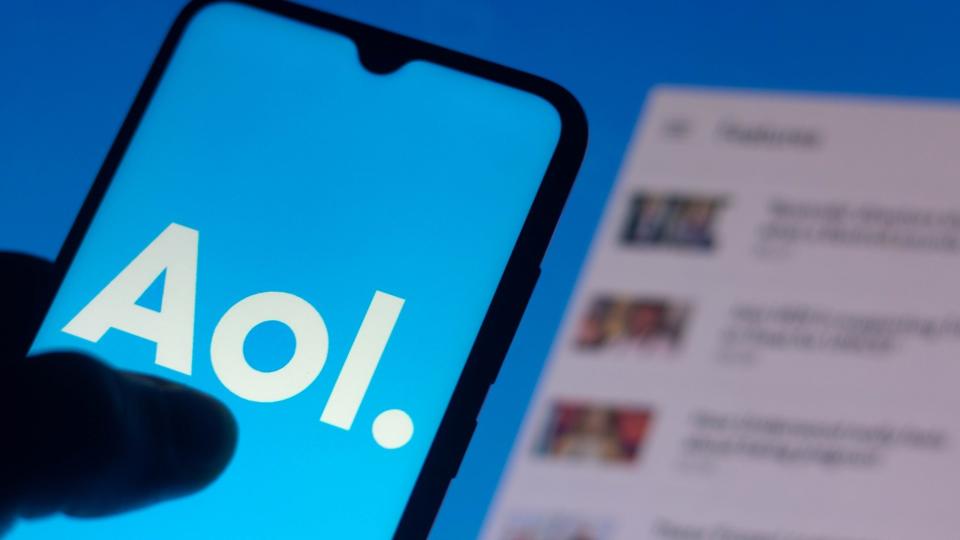5 Examples of Hostile Takeovers That Actually Worked

Speaking to contemporary headlines, JetBlue Airways is currently maneuvering a hostile takeover of competition Spirit Airlines for $3.6 billion. Only time will tell if JetBlue will eventually be successful in said takeover. Hostile takeovers — whether done by proxy contest (persuading shareholders to vote for the merger and vote out opposing management) or by tender offer (purchasing enough stock at a higher market rate to gain a controlling interest) — are not always as successful as commonly believed.
Discover: 8 Best Food Products To Buy at Costco
More: The Best Cities To Retire on $2,000 a Month
In fact, hostile takeovers have become far less commonplace than they were in the 1980s, according to a 2020 article from Harvard Law. The principal author, Kai Liekefett, indicates that in 1988 there were 160 unsolicited takeover bids made, while in the year 2019, less than 15 such bids were placed.
However, such unsolicited offers are often termed hostile for a reason. For every hostile takeover that has worked out, there are many attempts that haven’t. Some of the most infamous takeover attempts have resulted in unsuccessful lengthy, mud-slinging negotiations. Some of the more notorious mergers involving unsolicited (and often contentious) offers are presented below.
1. AOL and Time Warner, $165 billion, 2000
The smaller AOL was picking up companies left and right (Netscape, MapQuest, etc.) prior to announcing plans to acquire the larger Time Warner Inc. for $165 billion, per Fortune. “The deal of the millennium” was the largest merger in history when completed, with the combined value of the companies estimated at $350 billion, per The New York Times.
“The transaction was spun to the world as a merger of equals,” The New York Times wrote in 2010, going on to conclude that the truth was more complicated.
Despite a seemingly limitless future that the growing internet promised, the dot-com bubble burst in 2001 and the company’s losses reached epic proportions. Investors pulled out, and Time Warner spun off AOL and became independent in 2009 before being acquired by AT&T in 2018. AT&T would then spin off Warner Media into a merger with Discovery in 2022, according to Deadline.
2. RBS and ABN Amro, $98.5 billion, 2007
In the fall of 2007, the Royal Bank of Scotland (RBS) and consortium partners won a bidding war battle with Barclays to buy Dutch bank ABN Amro for $98.5 billion, making it the biggest banking takeover ever in Europe, per the BBC. It is now thought of as a due diligence embarrassment for the Scottish bank, with The Guardian going so far to claim the board “wasn’t thinking in any meaningful sense” when making the deal.
During the financial collapse of 2007-2010, the U.K. Treasury averted financial sector collapse by infusing £37 billion ($64 billion) of new capital into RBS and other banks, according to the BBC. This resulted in the government and taxpayers owning about 60% of RBS — and also resulted in RBS CEO Fred Goodwin resigning.
3. Sanofi-Aventis and Genzyme Corp, $20.1 billion, 2010
Back in 2010, pharma giant Sanofi-Aventis went to Genzyme’s shareholders with an offer of $69 per share. This offer came after Sanofi-Aventis accused Genzyme CEO Henri Termeer of digging in his heels against a previous offer — an offer he considered to be a low-ball based on the manufacturing issues Genzyme were having at the time, according to Fierce Biotech.
Promising a resolution to the manufacturing problems and a restructuring of the company, Termeer felt the company was worth at least $80 per share. According to the New York Times, Sanofi eventually acquired Genzyme for $20.1 billion in cash, and Genzyme is still an integrated subsidiary of Sanofi.
4. Oracle and PeopleSoft, $10.3 billion, 2004
After a long period of negotiations and “bad blood” spilled, the Oracle Corporation announced that its takeover attempt of HR software vendor PeopleSoft had come to fruition, with the companies signing a definitive merger agreement in Dec. 2004 for approximately $10.3 billion, according to The Associated Press. Overcoming 18 months of back-and-forth and a court battle over PeopleSoft’s shareholder provisions, per TechCrunch, Oracle planned to lay off between 5,000 to 6,000 workers (up to approximately 50% of PeopleSoft’s workforce at the time) a month after the acquisition was finalized.
5. Vodafone AirTouch and Mannesmann AG, $190 billion, 1999
On Feb. 4, 2000, Vodafone AirTouch PLC officially acquired Mannesmann AG in the largest merger in history, according to Vodafone’s financial advisor in the deal, Goldman Sachs. After fiercely fighting Vodafone’s hostile takeover bid for three months, the German telecom and engineering company finally relented and Vodafone became Europe’s biggest — and the world’s fourth largest — publicly traded company, with a market capitalization of roughly $365 billion, according to the BBC.
See: POLL: Do You Think People Should Invest In Crypto?
Find: What Are a Company’s Defenses Against a Hostile Takeover?
The deal resulted in a two-year investigation and charges against senior executives for approving several high severance payments to Mannesmann’s managers, The Economist reported. The charges were later dismissed.
More From GOBankingRates
This article originally appeared on GOBankingRates.com: 5 Examples of Hostile Takeovers That Actually Worked
